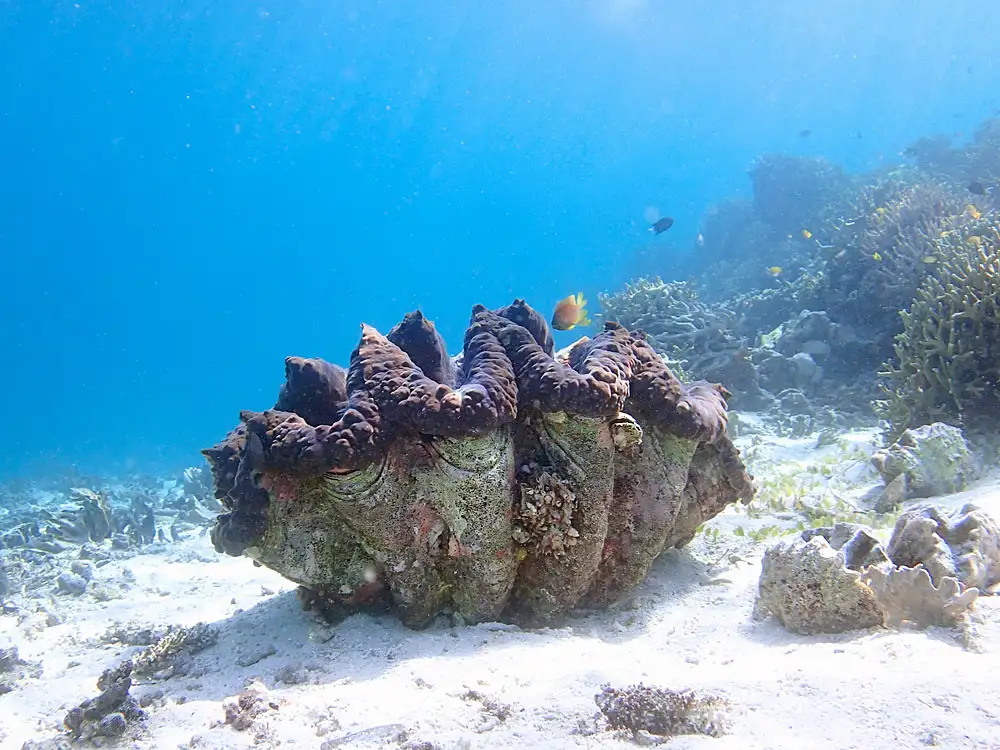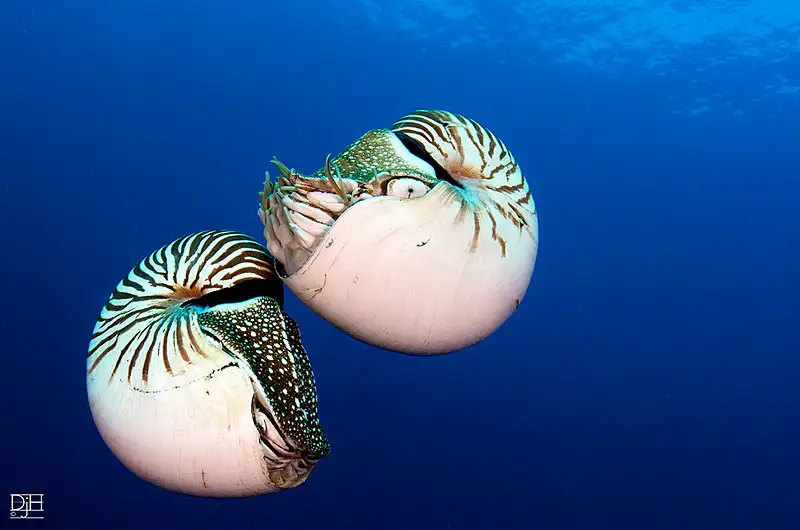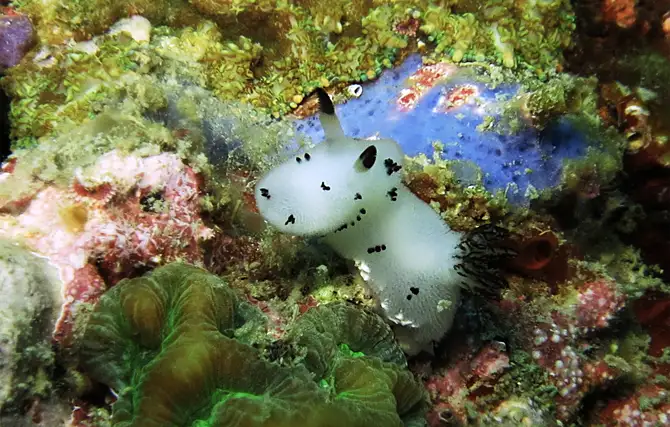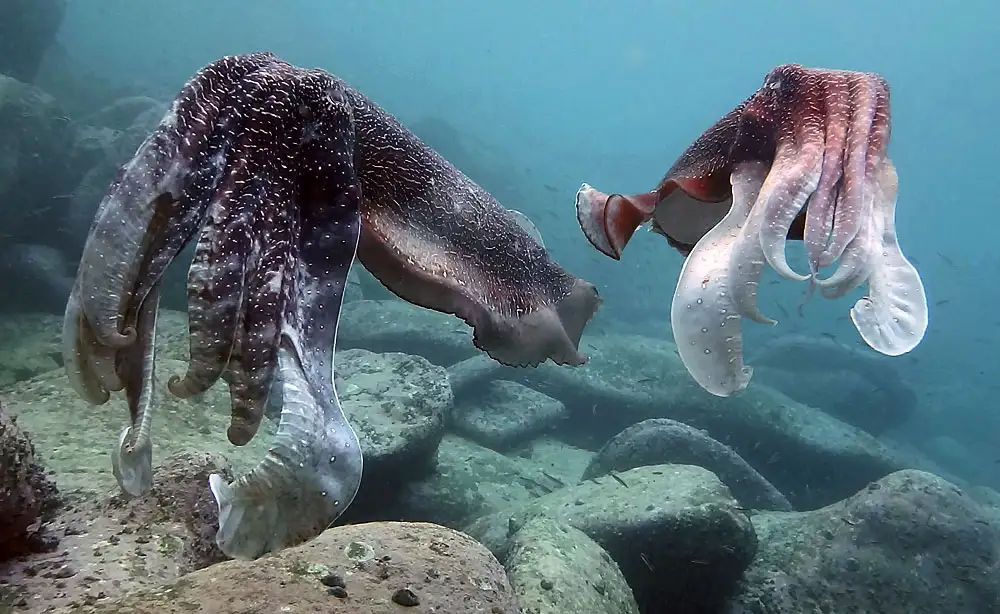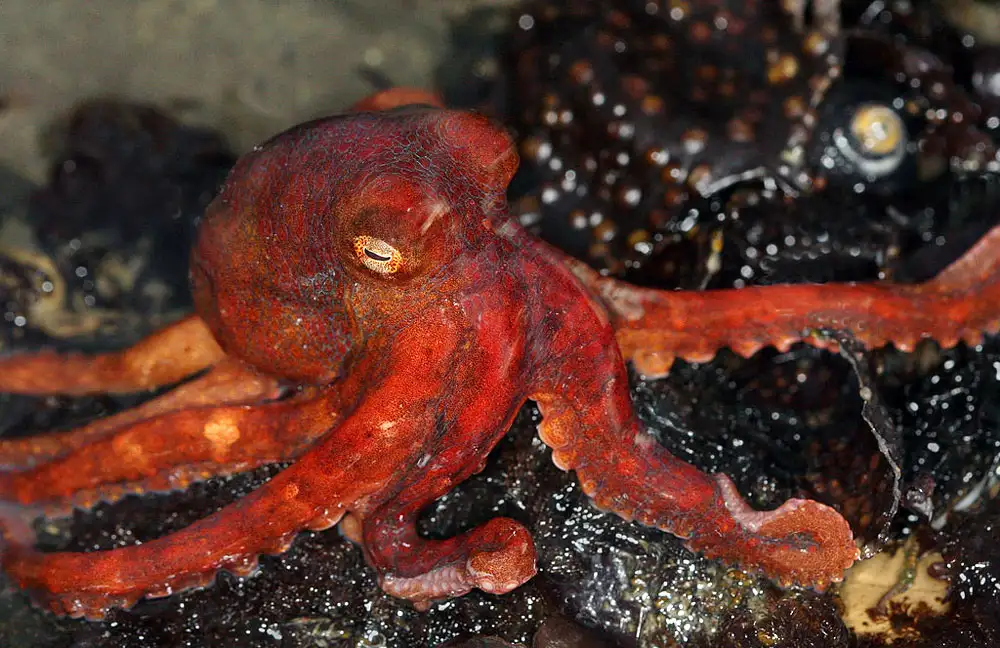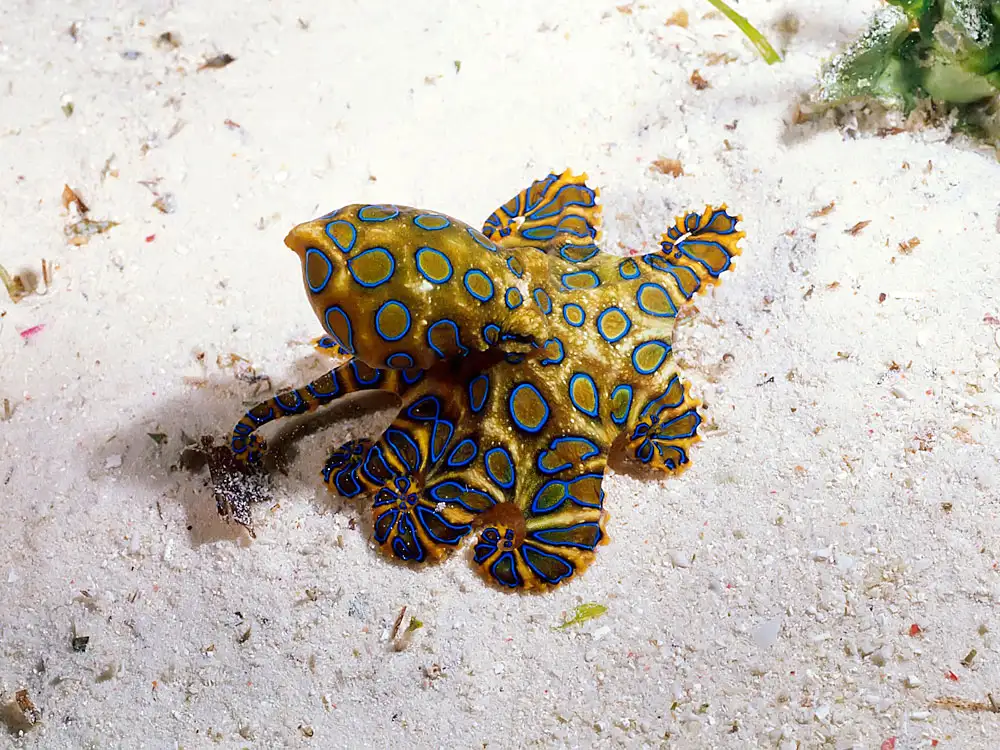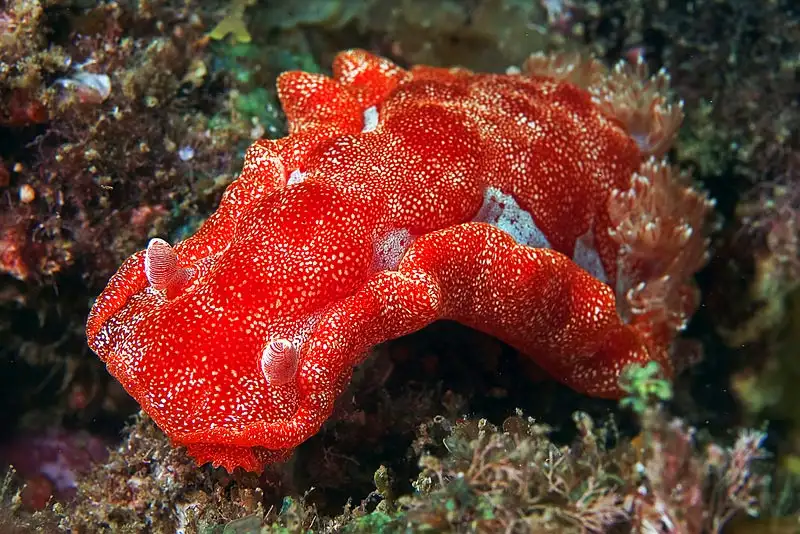Enteroctopus dofleini
IUCN
LCBasic Information
Scientific classification
- name:Enteroctopus dofleini
- Scientific Name:Giant North Pacific Octopus
- Outline:Mollusca
- Family:Octopoda Enteroctopodidae Enteroctopus
Vital signs
- length:About 3-5 m (the span between arms and legs in adults is about 4.3 m)
- Weight:15kg
- lifetime:3-5 year
Feature
They have a short lifespan, but are very fertile, and can lay up to 100,000 eggs.
Distribution and Habitat
The giant Pacific octopus is found in waters of different temperatures throughout the Pacific Ocean, from Southern California to Alaska, and from the western Aleutian Islands to Japan. It mainly inhabits caves, rocky areas, and rock crevices from intertidal zones to depths of 1,500 meters.
Appearance
The Pacific giant octopus is very large, with an adult weight of about 15 kg and arms that can reach 4.3 meters. According to records, a giant octopus specimen weighed 272 kg and its arms were 9.1 meters long.
The North Pacific giant octopus has eight arms, each covered with 280 suckers, which have thousands of chemical receptors, giving it a very keen sense of touch and taste, which helps it hunt.
The North Pacific giant octopus has a large, round head and is usually reddish-brown in color. When disturbed, the pigment cells on its skin can cause them to change color and structure, and even blend in with intricately patterned corals, plants, and rocks. There are two eyes on either side of the head, and the vision is extremely sharp. Its body can be retracted, and only the mouth is hard, and the whole body can pass through any place where the mouth can pass. Males are usually darker in color than females; during mating, white spots appear on the mantle of males. The mantle is a fl
Details
As a representative of invertebrates, the octopus has a soft body and a hard mouth. The Pacific giant octopus is the largest one among them. The largest North Pacific giant octopus discovered so far weighs 554 kilograms and has a wingspan of 9.8 meters. It is considered the largest octopus in the world.
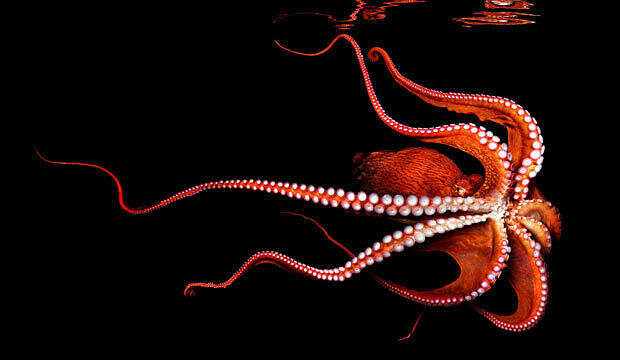
The different body colors of the Pacific giant octopus reflect different emotions, white represents fear, red represents anger, and the color is usually reddish brown.
When hunting, all arms and legs are used, and different hunting methods can be selected according to the type of food. The most common hunting method is to make a small hole in the shell of the prey and then inject its poisonous saliva. When threatened, the giant Pacific octopus will spray ink to confuse the enemy so that it can escape.
The largest giant Pacific octopus ever found in the world weighs more than 140 kilograms. If it is made into a teppanyaki octopus, it is enough for 100 people to eat (normal food intake). Of course, it is rare to see a giant Pacific octopus that can grow to more than 100 kilograms. Even in the era of such a developed marine fishing industry, it is almost rare.
Studies have shown that the Pacific giant octopus can have short-term and long-term memory and has incredible observation, learning and problem-solving abilities. For example: they can learn to open cans, imitate other octopuses, and successfully pass through mazes in experiments, etc.
Their specific number is not clear at present, and they are not endangered animals. There are no natural enemies in the sea. The only threat to them is that the increasingly polluted marine environment may not be suitable for their survival and they are caught by humans as food and bait for halibut.
There is currently no protection action for this species, but there is a marine park in North America with the theme of the North Pacific giant octopus.
Protect wild animals and eliminate game.
Maintaining ecological balance is everyone's responsibility!

